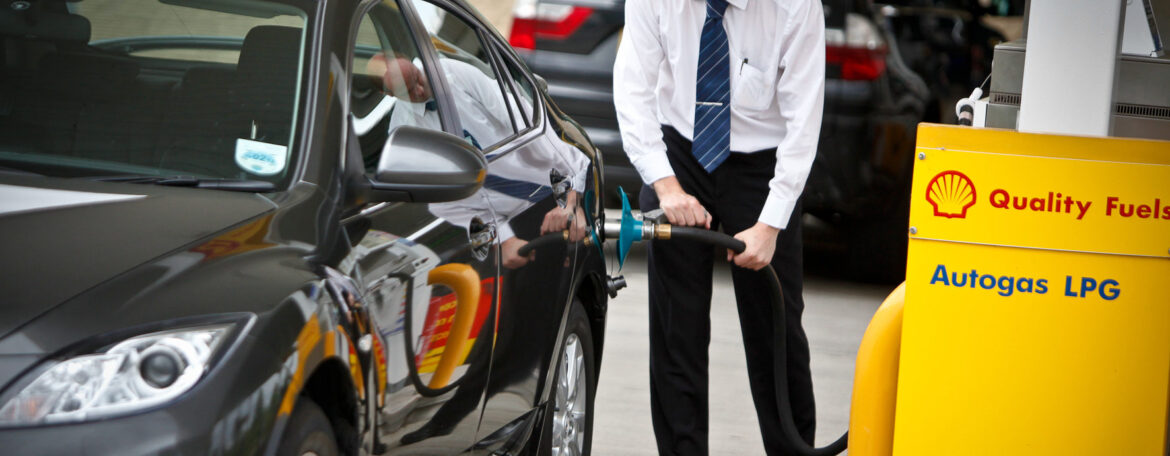Introduction
The world is shifting towards cleaner and more sustainable energy sources, and the transportation sector is no exception. Liquefied Petroleum Gas (LPG) powered vehicles have emerged as a viable alternative to traditional gasoline-powered vehicles. In this blog, we will explore the benefits and challenges of LPG powered vehicles, and examine their potential to transform the transportation landscape.
What is an LPG Powered Vehicle?
An LPG powered vehicle is a vehicle that uses Liquefied Petroleum Gas (LPG) as its primary fuel source. LPG is a mixture of propane and butane, which are derived from natural gas and crude oil. LPG powered vehicles have a specialized fuel system that allows them to run on LPG instead of gasoline or diesel.
How is LPG Used in Vehicles?
LPG is used in vehicles through a process called vaporization. Here’s a simplified overview of how it works:
- Storage: LPG is stored in a tank, usually located at the rear of the vehicle.
- Vaporization: When the engine is started, a vaporizer converts the liquid LPG into a gas.
- Fuel Injection: The vaporized LPG is then injected into the engine’s cylinders, where it is mixed with air and ignited to produce power.
- Exhaust: The exhaust gases are then emitted through the exhaust system.
Benefits of LPG Powered Vehicles
- Environmental Benefits: LPG is a cleaner-burning fuel than gasoline, producing fewer emissions and less air pollution. LPG powered vehicles emit significantly less carbon monoxide, nitrogen oxides, and particulate matter than gasoline-powered vehicles.
- Cost-Effective: LPG is generally cheaper than gasoline, which can result in significant cost savings for drivers. According to the US Energy Information Administration, LPG is typically 30-50% cheaper than gasoline.
- Energy Security: LPG is a abundant fuel source, and many countries have significant reserves. This reduces dependence on imported oil and enhances energy security.
- Performance: LPG powered vehicles offer similar performance to gasoline-powered vehicles, with smooth acceleration and reliable operation. LPG powered vehicles also tend to have a longer engine life and lower maintenance costs.
- Government Incentives: Many governments offer incentives for drivers to switch to LPG powered vehicles, such as tax breaks, rebates, and exemptions from certain fees.
Challenges of LPG Powered Vehicles
- Infrastructure: The lack of LPG refueling infrastructure is a significant challenge. There are limited LPG refueling stations, particularly in rural areas, which can make it difficult for drivers to find a place to refuel.
- Higher Upfront Costs: LPG powered vehicles often come with higher upfront costs than gasoline-powered vehicles. This can be a barrier for some drivers, particularly those on a budget.
- Limited Model Options: The range of LPG powered vehicle models is limited, particularly compared to gasoline-powered vehicles. This can make it difficult for drivers to find an LPG powered vehicle that meets their needs.
- Safety Concerns: LPG is a highly flammable fuel, and there are concerns about the safety of LPG powered vehicles. However, modern LPG powered vehicles have numerous safety features to mitigate these risks, such as leak detection systems and protective tanks.
- Public Perception: There is a lack of public awareness about the benefits of LPG powered vehicles, which can make it difficult to encourage drivers to switch. Additionally, some drivers may be hesitant to switch due to concerns about the safety and reliability of LPG powered vehicles.
- Technological Limitations: LPG powered vehicles require specialized technology, such as vaporizers and fuel injectors, which can be expensive to develop and maintain. Additionally, LPG powered vehicles may not be compatible with all types of engines or fuel systems.
- Storage and Handling: LPG requires specialized storage and handling procedures, which can be a challenge for drivers and fueling stations. LPG must be stored in a secure, well-ventilated area, and handled with care to avoid accidents.
Overcoming the Challenges
- Investing in Infrastructure: Governments and private companies can invest in building out LPG refueling infrastructure, including new refueling stations and storage facilities.
- Increasing Model Options: Manufacturers can expand their range of LPG powered vehicle models, including passenger vehicles, buses, and trucks.
- Educating Drivers: Educating drivers about the benefits and safety features of LPG powered vehicles can help alleviate safety concerns and increase adoption.
- Offering Incentives: Governments can offer incentives, such as tax breaks or rebates, to encourage drivers to switch to LPG powered vehicles.
- Developing New Technologies: Researchers and manufacturers can develop new technologies to improve the efficiency, safety, and reliability of LPG powered vehicles.
Conclusion
LPG powered vehicles offer numerous benefits, including environmental benefits, cost savings, and energy security. While there are challenges to overcome, investing in infrastructure, increasing model options, educating drivers, and offering incentives can help make LPG powered vehicles a viable alternative to traditional gasoline-powered vehicles.

